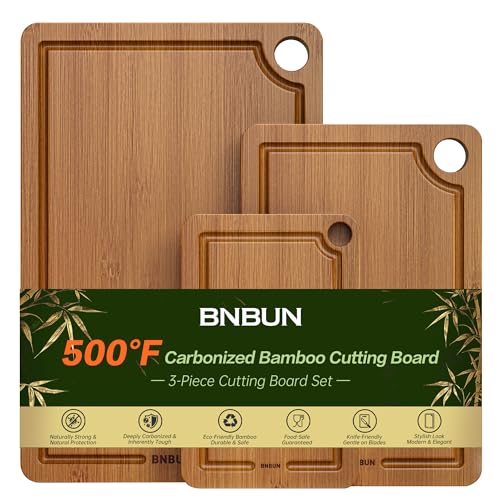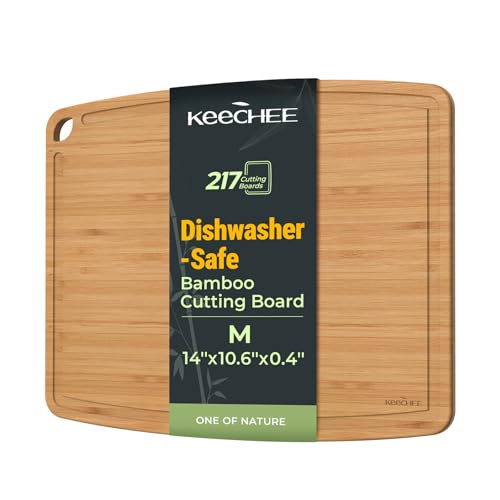Have you ever wondered how to steep coffee for that perfect morning cup? Steeping coffee properly is an art that can transform your daily caffeine ritual from ordinary to extraordinary. The rich flavors and aromas you’ll unlock with proper technique will make you question why you ever settled for less.
Making steeped coffee isn’t complicated, but it does require attention to detail. From water temperature and coffee grind size to steeping time and equipment, each element plays a crucial role in extracting those complex flavors. Whether you’re using a French press, cold brew system, or simple pour-over method, understanding the fundamentals of steeping will elevate your coffee experience.
What Is Coffee Steeping?
Coffee steeping is the extraction process where ground coffee beans soak in water, allowing the water to absorb the beans’ flavors, oils, and aromatic compounds. Unlike espresso methods that force water through grounds under pressure, steeping relies on time and full immersion to extract coffee’s desirable elements. The process works through the scientific principle of diffusion—coffee particles naturally move from areas of high concentration (the grounds) to areas of low concentration (the water).
During steeping, water acts as a solvent that dissolves both the desirable compounds like caffeine and flavorful acids, and sometimes unwanted bitter components. Temperature significantly affects this extraction rate—hotter water extracts flavors more quickly but can pull out harsh notes if left too long. Many coffee enthusiasts, including our regular customer James who switched from drip coffee to French press, report tasting more complex flavor profiles after adopting proper steeping techniques.
Common steeping methods include French press, cold brew, coffee bags, and the AeroPress. Each method creates distinct flavor profiles based on their unique steeping environments. French press typically produces a full-bodied cup with rich mouthfeel due to the metal mesh filter allowing oils to pass through. Cold brew offers a smooth, less acidic experience from its extended steeping time at lower temperatures. Rikki Manny, who’s been experimenting with different steeping methods for years, notes that the Turkish coffee method—where finely ground coffee steeps directly in a special pot called a cezve—produces one of the most intense flavor experiences possible through steeping.
Equipment Needed for Steeping Coffee
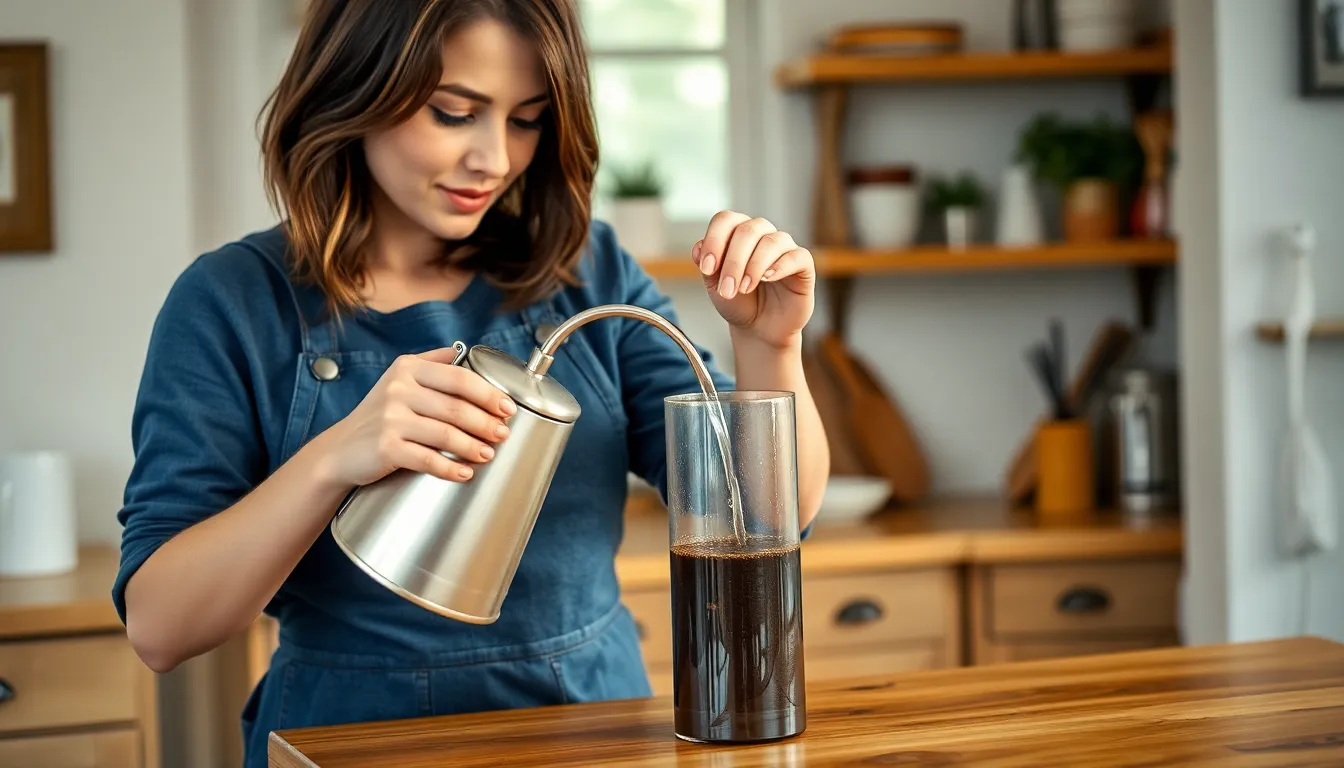
The right equipment transforms your coffee steeping experience from ordinary to exceptional. Quality tools ensure consistent extraction and enhance the flavors in your cup.
Basic Supplies
Fresh, quality coffee beans form the foundation of any great steep. Select beans roasted within the past two weeks for optimal flavor profiles. A burr grinder delivers consistent coarse grounds ideal for steeping methods, preventing the uneven extraction that blade grinders often produce. A reliable kettle heats water to the crucial 200°F temperature point, just below boiling, which extracts flavor without scorching the grounds. A digital scale measuring in grams helps maintain precise coffee-to-water ratios (typically 1:16) for reproducible results. Your steeping vessel, most commonly a French press with its glass chamber and metal plunger, serves as the primary immersion environment where extraction occurs.
Optional Tools for Enhanced Results
A gooseneck kettle provides pinpoint pouring control, ensuring even saturation of all grounds and preventing channeling. Variable temperature kettles allow fine-tuning water heat between 195-205°F depending on bean origin and roast level. Digital timers eliminate guesswork during the critical 4-minute steep period, particularly helpful for consistent morning brews when you’re still half-asleep. Thermometers verify exact water temperatures when using standard kettles, especially important with lighter roasts that benefit from precise temperature control. Many coffee enthusiasts, including our head barista Rikki Manny, report that investing in these supplementary tools elevated their morning ritual from merely making coffee to crafting an experience that highlights the unique characteristics of each bean variety.
Different Coffee Steeping Methods
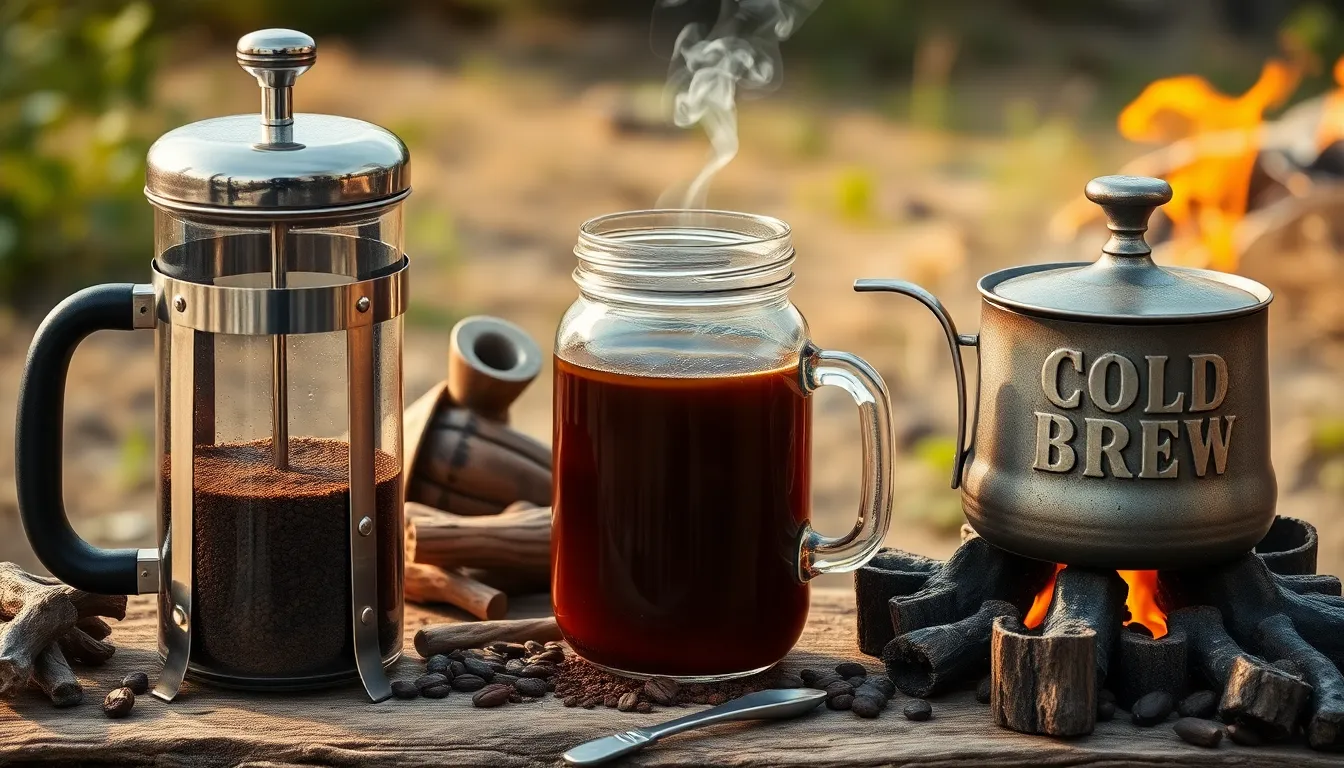
Coffee steeping methods vary widely, each offering unique flavor profiles and brewing experiences. These immersion techniques allow coffee grounds to directly contact water, extracting rich flavors through different time periods and temperatures.
French Press Method
The French press delivers a rich, full-bodied coffee through a straightforward immersion process. Add medium-coarse coffee grounds to your press, pour in hot water just off the boil, and let steep for 3-4 minutes before pressing down the plunger. This technique extracts robust flavors and natural oils that paper filters typically trap, resulting in a textured, bold cup with noticeable mouthfeel. French presses excel at brewing multiple cups simultaneously, making them perfect for sharing, though their glass construction limits portability. Many coffee enthusiasts appreciate how this method highlights the nuanced characteristics of single-origin beans.
Cold Brew Technique
Cold brew creates a remarkably smooth, low-acid coffee through an extended steeping process at room temperature. Combine coarsely ground coffee with room-temperature water in a ratio of 1:4 or 1:5, then allow the mixture to steep for 12-24 hours in your refrigerator. After steeping, strain the grounds using a fine mesh sieve or cheesecloth to separate the concentrated coffee liquid. The resulting brew offers a naturally sweet profile with subtle chocolate notes, making it gentle on sensitive stomachs and perfect for summer refreshment. Cold brew’s patience-requiring process rewards you with a concentrate that stays fresh for up to two weeks when refrigerated.
Cowboy Coffee Approach
Cowboy coffee embodies simplicity and resourcefulness, requiring nothing more than coffee grounds, water, and a heat source. Add coarse coffee grounds directly to boiling water (1-2 tablespoons per cup), remove from heat, and allow the mixture to steep for 3-5 minutes until the grounds settle. Pour carefully to avoid disturbing the settled grounds, or add a splash of cold water to help them sink faster. This rustic method produces a strong, straightforward cup with historical roots in outdoor cooking and camping traditions. Even though its primitive reputation, properly prepared cowboy coffee can reveal surprising depth and character, particularly when using freshly roasted beans ground just before brewing.
| Method | Grind Size | Steeping Time | Flavor Profile | Best For |
|---|---|---|---|---|
| French Press | Medium-coarse | 3-4 minutes | Rich, textured, bold | Daily brewing, sharing multiple cups |
| Cold Brew | Coarse | 12-24 hours | Smooth, low acidity, slightly sweet | Summer drinks, sensitive stomachs |
| Cowboy Coffee | Coarse | 3-5 minutes | Strong, rustic, straightforward | Camping, minimalist brewing |
Step-by-Step Guide to Steeping the Perfect Cup
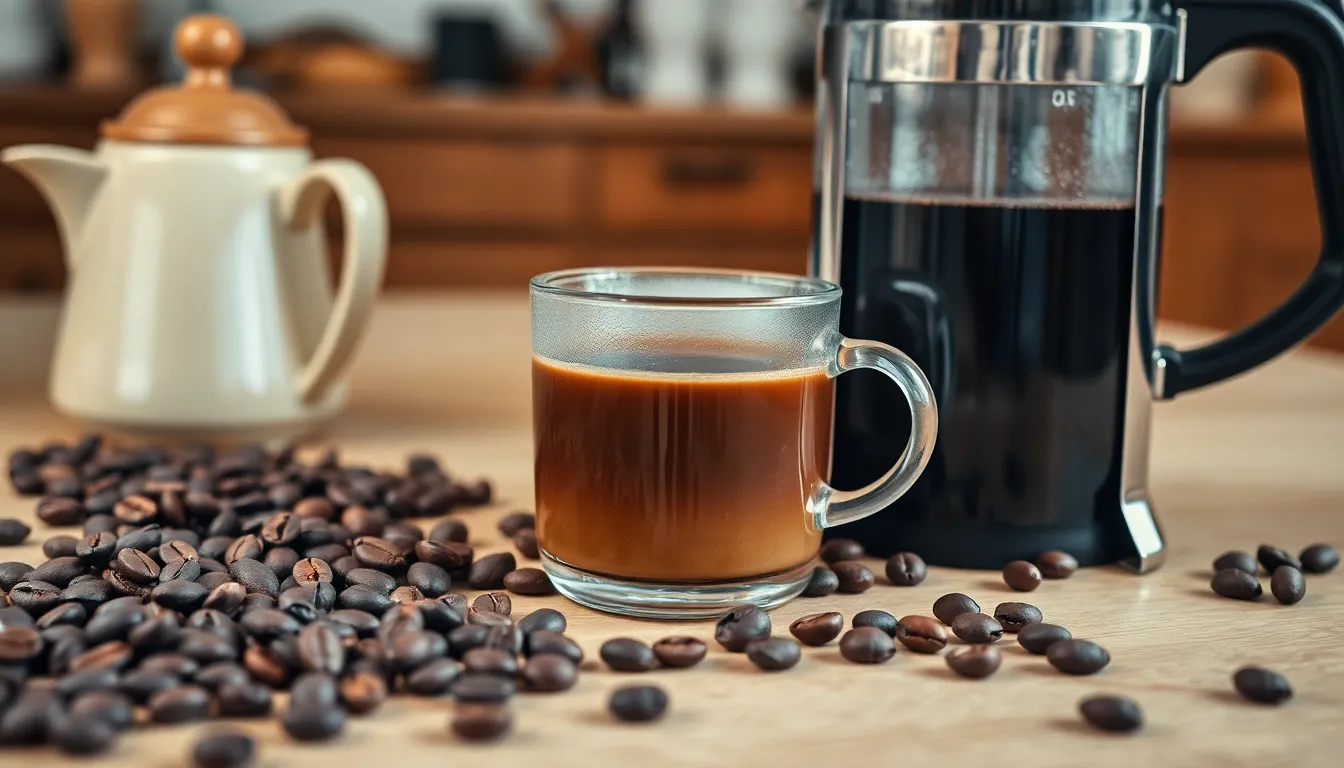
Crafting the perfect cup of steeped coffee requires attention to detail and an understanding of key brewing variables. Each element in the process contributes to extracting the optimal flavor from your coffee beans, creating a balanced and aromatic result.
Selecting the Right Coffee Beans
Freshly roasted coffee beans form the foundation of an exceptional cup. Coffee’s flavor compounds and aromatic oils begin to diminish shortly after roasting, making freshness a critical factor in your brewing success. Purchase whole beans rather than pre-ground coffee whenever possible, as whole beans preserve their flavors and essential oils much longer. Expert baristas recommend buying in smaller quantities that you’ll use within 2-3 weeks to maintain peak freshness and flavor integrity throughout your brewing experience.
Grinding Your Coffee Properly
The grind size dramatically affects your coffee’s extraction rate and resulting flavor profile. Match your grind consistency to your chosen brewing method for optimal results:
- French press brewing requires a coarse grind that resembles sea salt, preventing sediment from passing through the mesh filter and avoiding over-extraction
- Pour-over methods work best with medium grinds similar to regular sand, allowing water to flow through at the ideal rate
- AeroPress typically uses a fine grind comparable to table salt for full-bodied extraction
Adjust your grind size according to your coffee’s roast level—slightly finer for lighter roasts to enhance sweetness, or somewhat coarser for darker roasts to control bitterness. Fresh grinding immediately before brewing captures maximum aroma and flavor compounds that pre-ground coffee simply can’t maintain.
Water Temperature Considerations
Water temperature plays a crucial role in extracting the right compounds from your coffee grounds. The optimal range falls between 195°F and 205°F (90°C-96°C)—hot enough to extract desirable flavors but not so hot that it produces excessive bitterness. After bringing water to a boil, let it rest for 20-30 seconds before pouring to reach this ideal temperature window. This brief cooling period prevents the extraction of harsh, bitter compounds while still allowing the water to pull out the coffee’s complex flavor notes and aromatic compounds effectively.
Steeping Process (French Press Example)
The French press method exemplifies perfect immersion brewing through these precise steps:
- Measure 2 tablespoons (10 grams) of coarsely ground coffee per 6 ounces (180 ml) of water as your starting ratio
- Pour hot water (just below boiling) over the grounds in your French press
- Stir gently with a wooden spoon to ensure all grounds are fully saturated
- Place the lid on top without pressing the plunger down to retain heat
- Allow the coffee to steep for exactly 4 minutes to develop rich, full-bodied flavor
- Press the plunger down slowly and steadily to avoid disturbing the grounds
- Pour immediately into your cup to prevent continued extraction and bitterness
Additional Tips
Elevate your coffee steeping routine with these expert refinements:
- Use filtered water free from chlorine and mineral impurities that can interfere with coffee’s natural flavors
- Pre-wet paper filters when using pour-over methods to eliminate papery taste and preheat your brewing vessel
- Allow your coffee to “bloom” by adding a small amount of water initially and waiting 30 seconds before continuing—this releases CO₂ and improves extraction
- Maintain consistent coffee-to-water ratios, starting with 1:18 (1 gram coffee to 18 grams water) and adjusting to your preference
- Time your steep precisely—too short and your coffee will taste weak and underdeveloped; too long and it becomes bitter and astringent
By carefully controlling these variables—bean quality, grind consistency, water temperature, and steeping duration—you’ll create a consistently excellent cup of coffee customized precisely to your taste preferences.
Common Mistakes to Avoid When Steeping Coffee
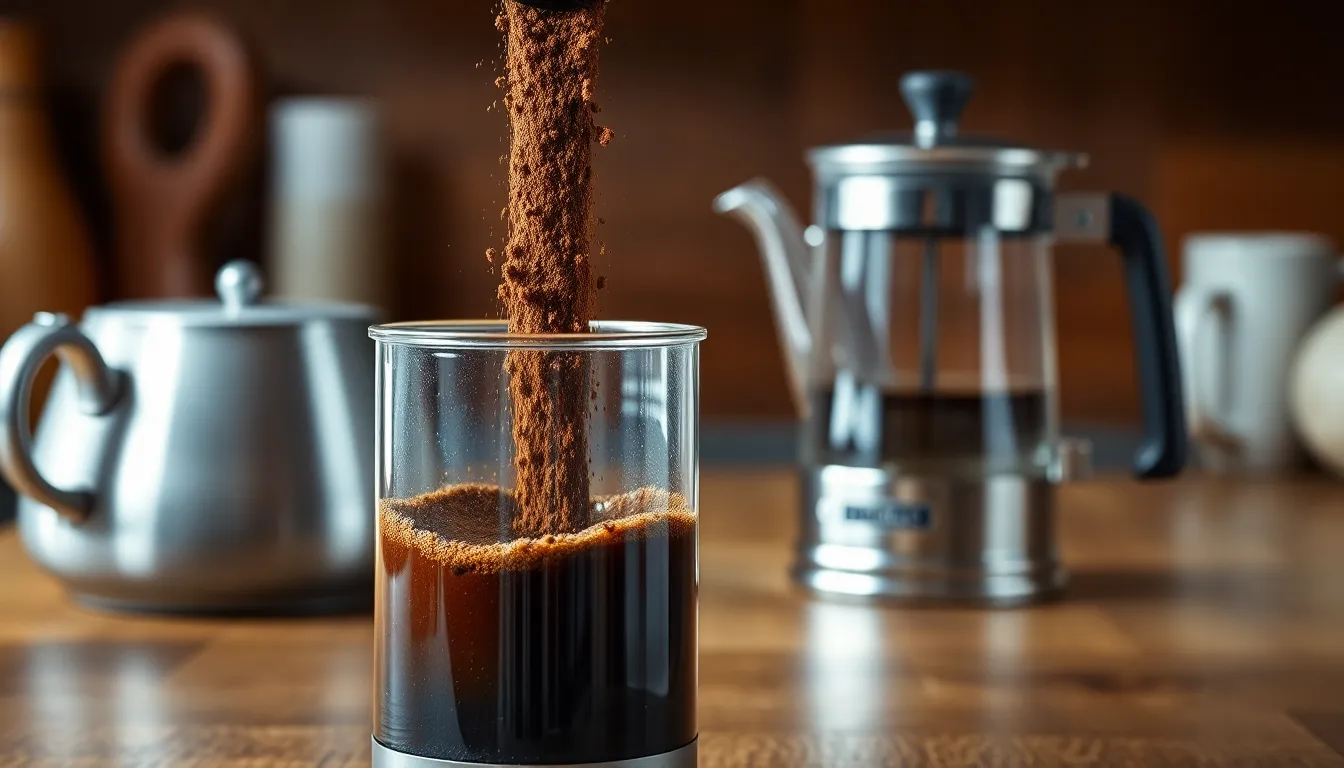
Using Incorrect Grind Size
Grinding your coffee beans to the wrong consistency drastically affects your brew quality. Coffee ground too finely for steeping methods leads to over-extraction, resulting in bitter, harsh flavors that overpower the coffee’s natural notes. Conversely, grounds that are too coarse create weak, under-extracted coffee lacking depth and complexity. For optimal steeping results, use a medium to coarse grind for methods like French press or cold brew, which creates the perfect balance between extraction and flavor development.
Ignoring the Bloom Phase
Skipping the crucial blooming step compromises your coffee’s flavor potential. The bloom occurs when you initially add hot water (about twice the weight of your coffee grounds) to release trapped carbon dioxide gases from freshly roasted beans. Without proper blooming, these gases create barriers between water and coffee grounds, leading to uneven extraction and underdeveloped flavors. Always allow your grounds to bloom until bubbling stops before continuing with the remainder of your water.
Incorrect Coffee-to-Water Ratio
Misjudging your coffee-to-water proportions directly impacts your brew’s strength and balance. Using excessive coffee creates overpowering, bitter cups, while too little produces watery, unsatisfying results. Most steeping methods work best with ratios between 1:14 and 1:20 (coffee to water by weight), with a standard measurement being 1-2 tablespoons of coffee per 6-ounce cup of water. Experimentation within these parameters helps you discover your perfect strength preference.
Steeping Too Long or Too Short
Timing mistakes significantly alter your coffee’s flavor profile. Over-steeping extracts undesirable bitter compounds that mask your coffee’s nuanced flavors. Under-steeping results in weak, sour coffee that fails to develop the bean’s full potential. Different methods require exact timing: French press generally needs about 4 minutes, while cold brew requires 12-24 hours in cold water. Adhering to recommended steeping times for your chosen method ensures balanced extraction and optimal flavor.
Water Temperature Too High or Low
Using improperly heated water undermines the entire steeping process. Boiling water (above 205°F) scorches coffee grounds, releasing harsh bitter compounds. Water that’s too cool (below 195°F) fails to extract sufficient flavor compounds, producing flat, underdeveloped coffee. Maintaining water temperature between 195°F and 205°F creates the ideal environment for extraction, allowing the full spectrum of desirable flavors to develop without introducing bitterness or acidity.
How Steeping Time Affects Flavor
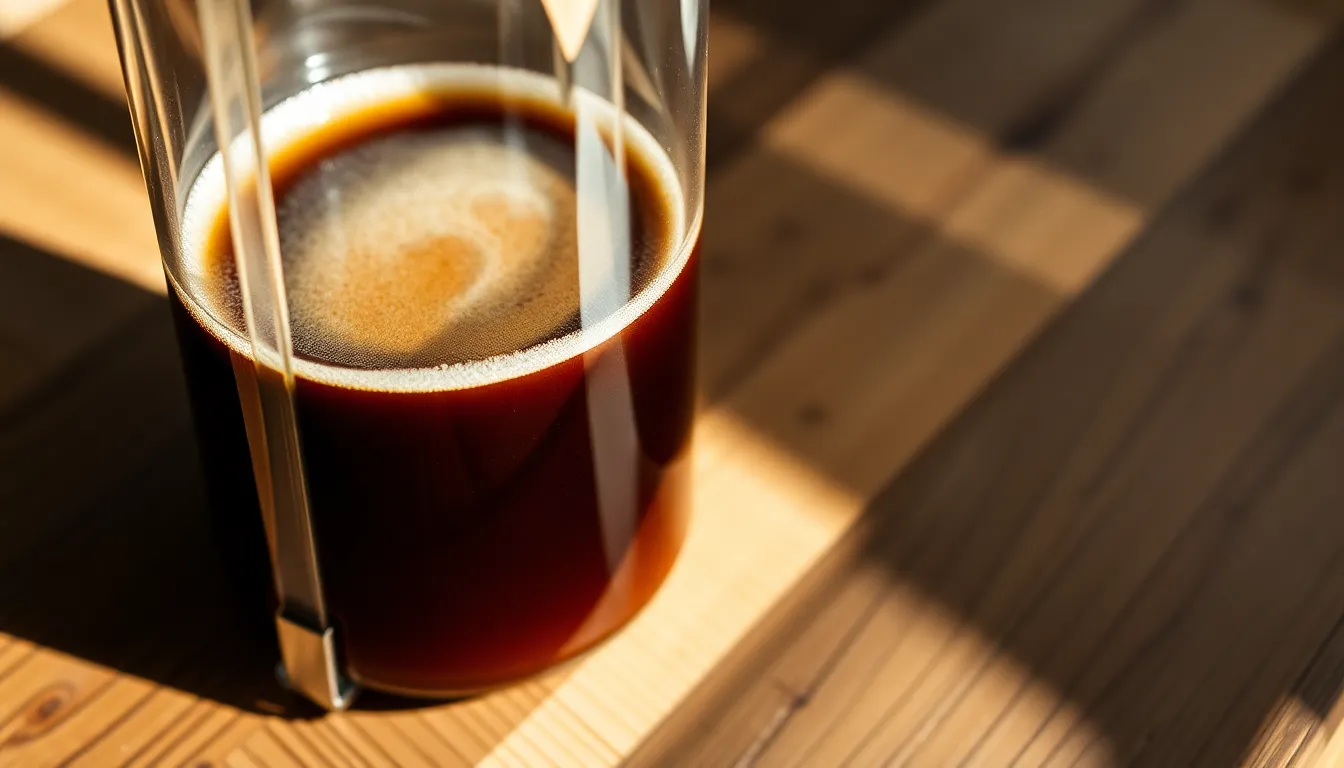
Steeping time fundamentally determines which compounds are extracted from your coffee grounds, creating distinctly different flavor profiles. During the steeping process, water extracts various elements including acids, oils, sugars, and caffeine in a exact sequence. This extraction sequence explains why the same beans can produce dramatically different cups depending on how long they steep.
Short steep times primarily extract acids and bright flavor compounds, resulting in coffee that’s vibrant but potentially weak or underdeveloped. These quick extractions (under 2 minutes for French press) typically highlight fruity and floral notes but miss the deeper, more complex flavors that require additional time.
Optimal steeping achieves the perfect balance of compounds for a well-rounded cup. For French press, the 4-minute mark hits this sweet spot—extracting enough oils and sugars for richness while keeping bitter compounds in check. At this stage, the coffee develops its full body and complexity without harsh overtones.
Over-steeping leads to excessive extraction and unpleasant bitterness. Beyond the recommended steeping time, coffee continues releasing tannins and additional caffeine that overpower the desirable flavor notes. This explains why French press coffee left for 8+ minutes or cold brew steeped beyond 24 hours often tastes noticeably bitter and astringent.
Dark roast coffees extract faster than light roasts due to their more porous structure. The beans’ increased porosity allows water to penetrate more quickly, releasing flavors in less time. For these darker roasts, reducing steeping time by 30-60 seconds prevents the bitter compounds from dominating the cup.
The relationship between steeping time and flavor follows this pattern across brewing methods, though the timeframes vary significantly:
| Coffee Method | Typical Steeping Time | Flavor Impact |
|---|---|---|
| French Press | ~4 minutes | Balanced, rich, full-bodied |
| Cold Brew | 12–24 hours | Smooth, less acidic, bolder with time |
| Espresso | 25–30 seconds | Intense, concentrated flavors |
Experimenting within these recommended timeframes lets you customize your coffee’s character to match your preference. Small adjustments of even 30 seconds can noticeably shift the brightness, body, and overall flavor balance of your brew.
Conclusion
Steeping coffee is both a science and an art that you can master with practice and attention to detail. By selecting quality beans prioritizing proper grind size and controlling water temperature you’ll unlock flavors you never knew existed in your morning cup.
Remember that each steeping method offers its own unique character worth exploring. Whether you prefer the rich body of French press or the smooth notes of cold brew there’s a technique that perfectly matches your taste preferences.
The journey to exceptional coffee doesn’t require professional equipment but rather thoughtful execution. As you refine your approach you’ll discover that small adjustments to your routine can transform an ordinary beverage into a truly extraordinary experience that you’ll look forward to each day.
Frequently Asked Questions
What is coffee steeping?
Coffee steeping is an extraction process where ground coffee beans soak in water, allowing the water to absorb flavors, oils, and aromatic compounds through diffusion. Unlike espresso methods that use pressure, steeping relies on time and full immersion to extract coffee’s desirable characteristics. This process forms the basis for brewing methods like French press, cold brew, and Turkish coffee.
What equipment do I need to steep coffee properly?
Essential equipment includes fresh, quality coffee beans, a burr grinder for consistent grounds, a reliable kettle for precise water temperature, and a digital scale for accurate coffee-to-water ratios. Optional tools that enhance the experience include a gooseneck kettle for controlled pouring, variable temperature kettles, and digital timers for consistent steeping.
How does water temperature affect coffee steeping?
Water temperature significantly impacts extraction rate and flavor profile. Too hot (above 205°F/96°C) can extract bitter compounds, while too cool (below 195°F/90°C) may result in under-extraction and weak flavor. Each brewing method has an ideal temperature range – generally 195-205°F (90-96°C) for hot methods, while cold brew uses room temperature or cold water.
What’s the difference between French press and cold brew methods?
French press delivers a rich, full-bodied coffee through a 4-minute hot water immersion process using coarse grounds. Cold brew creates a smooth, low-acid coffee by steeping coarse grounds in cold water for 12-24 hours. French press produces a robust cup with more oils, while cold brew offers a naturally sweet, mellow flavor profile with significantly less acidity.
How long should I steep my coffee?
Steeping time varies by method: French press requires approximately 4 minutes, cold brew needs 12-24 hours, and pour-over methods typically take 2-3 minutes. Dark roasts extract faster than light roasts. Shorter steeps extract bright, acidic flavors while longer steeps develop richness. Experiment within recommended timeframes to find your preferred flavor profile.
What are common mistakes to avoid when steeping coffee?
Common mistakes include using incorrect grind size (too fine or coarse for your method), ignoring the bloom phase where coffee releases CO2, misjudging coffee-to-water ratios, improper steeping times, and using water at incorrect temperatures. Each error significantly impacts extraction quality and can result in bitter, weak, or imbalanced coffee.
What is the ideal coffee-to-water ratio for steeping methods?
The standard ratio is 1:16 (1 gram of coffee to 16 grams of water), but this can be adjusted based on preference and brewing method. French press typically uses 1:12 to 1:15 for a stronger cup, while cold brew often uses 1:8 to 1:10 for a concentrate that’s later diluted. Digital scales ensure consistency and help dial in your perfect ratio.
What grind size should I use for different steeping methods?
Use coarse grounds for French press and cold brew to prevent over-extraction and sediment. Medium-coarse works for cowboy coffee, while medium grind suits pour-over methods. Turkish coffee requires an extremely fine, powder-like consistency. The grind size directly affects extraction rate – finer grinds extract faster while coarser grinds extract more slowly.















